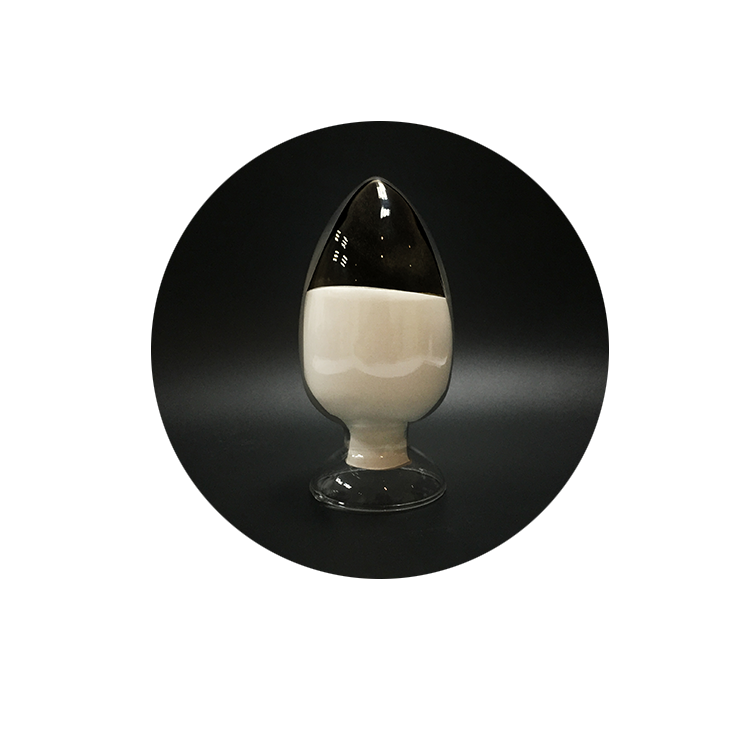Food Ingredient Regulation & Safety
Generally Recognized as Safe (GRAS)
GRAS, or Generally Recognized As Safe, is a legal designation that, simply put, means a substance has been shown to be safe based on review by qualified experts or meets one of the other exclusions from the food additive definition in section 201(s) of the Federal Food, Drug and Cosmetic Act (FFDCA). This designation allows food manufacturers to classify an ingredient as GRAS for a specific user based on a long history of use or qualified review of publicly available scientific evidence by experts. By definition, to receive a GRAS designation, the pivotal evidence demonstrating the safety of the food ingredient must be available in published literature and experts must agree the evidence is strong enough to make a determination that the substance is GRAS. A general recognition of safety requires the same quantity and quality of scientific evidence as is required to obtain approval of the substance through the U.S. Food and Drug Administration’s (FDA) Food Additive Petition process. All ingredients listed on food labels have either been approved through the FDA’s petition process or are designated as GRAS.
The GRAS process provides benefits to consumers, the FDA and manufacturers while ensuring the safety of our food supply. The GRAS process allows for continuous improvement and innovation in the food and beverage industry, which helps the food industry meet consumer demand and bring new products to market more quickly. GRAS also benefits FDA by placing the majority of the burden on the industry to demonstrate the safety of ingredients. GRAS is the preferred industry process because it often takes years for a food additive petition to be reviewed and approved by the FDA, since the number of petition approvals is limited by the number of FDA staff and resources. The GRAS process can minimize these delays by enabling a rigorous scientific review by external experts that does not require the FDA to initiate formal rulemaking or use taxpayer funding. This speed without compromising safety spurs innovation that offers consumers new and interesting foods and a greater variety of food options.
In an effort to further strengthen its oversight of ensuring the safety of food ingredients, in 2016, FDA published a final rule related to the process by which substances are determined to be GRAS. While the final rule did not significantly change the process that was proposed in 1997, it confirmed the existing voluntary GRAS Notification procedure and details the criteria for concluding that the use of a substance in food is GRAS. For example, the rule addresses the types of scientific evidence that can be used to demonstrate safety as well as the role of publications in evaluating whether the scientific evidence of safety is “generally available and accepted.” The final rule applies to GRAS substances used in human food and animal food.
In addition, as the GRAS criteria require that the safety of a food ingredient under its intended conditions of use be widely recognized by a panel of appropriately qualified experts, FDA published in 2017 draft guidance for industry on Best Practices for Convening a GRAS Panel. Though this document has not yet been finalized, it provides a more specific framework to ensure the panel of experts chosen to evaluate whether the available scientific data, information, and methods concerning a substance under review are appropriately qualified and lack any biases. FDA also published in 2017 more general draft guidance for industry on the GRAS regulatory framework, which provides resources and references to existing statutory and regulatory requirements to help make a GRAS conclusion. This guidance also refers to independent GRAS conclusions, which are optional for manufacturers.
As IFAC represents manufacturers and users of food ingredients, much of the work we do is to support regulatory and industry efforts to ensure a safe food supply. A product of such efforts is the IFAC GRAS Best Practices Guide, which represents voluntary guidance for food and food ingredient manufacturers wishing to form a GRAS conclusion regarding a substance to be used in food. This Guide was written for industry, by industry and with the intention of sharing IFAC member best practices for determining a substance is GRAS.
In 1998, transglutaminase was determined to be generally recognized as safe (GRAS) by the Food and Drug Administration (FDA) for use to improve texture and cooking yields in various standardized meat and poultry products and as a protein cross-linking agent to fabricate or reform cuts of meat.
.jpg)



